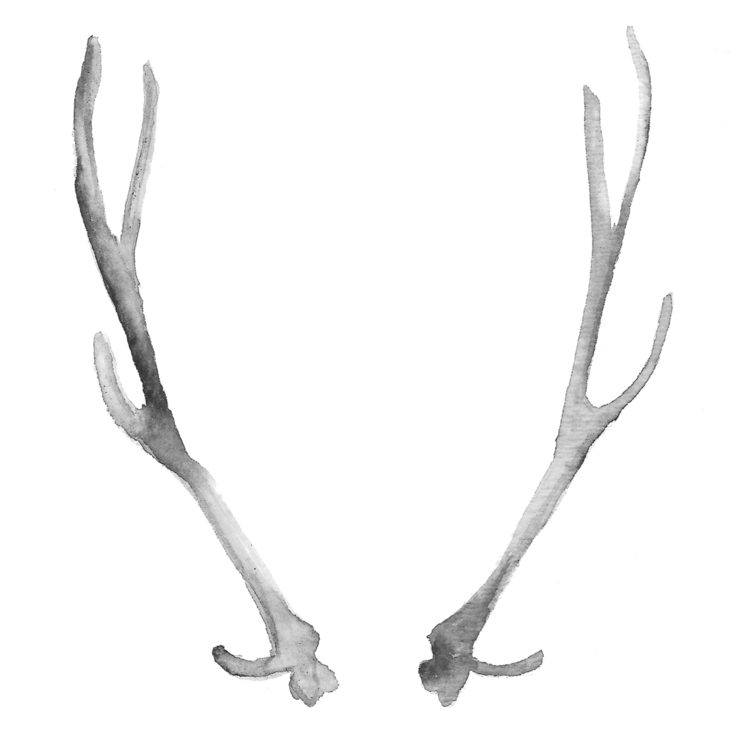SHAPES, LINES & PATTERNS
In both the natural and man made worlds, I am continually looking for patterns and shapes to photograph. Sometimes isolating one part of the subject or scene results in a more interesting image by highlighting something that gets lost in the clutter. Lines, both architectural and natural, are also important in a photograph because they can draw the viewer’s eyes into the photo. Look for the patterns and lines in the photos below.




Notice how the road draws your eyes into the image...

APERTURE/DEPTH OF FIELD
This refers to the depth of that which is in focus. A photo with a large depth of field (small aperture/large f-stop) would have many objects at different depths in focus, such as the photo of the columns at the Vatican and the Italian vineyard shown above (both photos were taken with at f/9.0). A neat effect can be achieved by using a small depth of field (a large aperture/small f-stop) to keep the foreground in focus but blur the background, as in the photo of the grass below. A camera setting that I use a lot is the aperture priority setting. I first decide if I want only a small depth or all of the image to be in focus and choose the appropriate f-stop, then let the camera decide on the corresponding shutter speed.
The image below was taken at f/4.0, 1/4000. I knew I wanted to have a soft focus on most of the grass and have just one blade be crisp, so I chose a large aperture (which is a small f-stop number) and the camera determined the corresponding shutter speed would be 1/4000 for correct exposure.

SHUTTER SPEED
It is important to understand the relationship between aperture and shutter speed. To make it really simple, the aperture is the size of the hole that lets light into the camera. Shutter speed is how fast the shutter opens and closes, thus determining the amount of light entering the camera. A large aperture means that the aperture is allowing a lot of light to come in, and therefore, the shutter speed needs to be faster so that the photo isn't over-exposed. A small aperture means that the aperture is allowing less light to come in and therefore, the shutter speed needs to be slower to allow more light to enter the camera so the photo isn't under-exposed.
There are some situations where shutter speed is especially important: when there is motion, and when there is low light. In general, if there is motion, a slow shutter speed will blur whatever is moving, whereas a fast shutter speed will freeze the subject, as in the photo of the birds and the surfer below. Both were taken at 1/1250.


The photo below was taken on a bus in Hong Kong. I left the shutter open for 4 seconds, capturing the streaking lights of cars passing and the neon signs on the buildings. There is a lot of camera movement because I was on a bus, but I think it makes for an interesting overall effect.

In this photo, a shutter speed of 8 seconds makes the flowing river smooth and glassy, giving the overall image a dramatic effect. Had I not used a tripod, the whole image would be blurry, but here, the tripod isolates the movement of the river, not the camera.
*As a rule of thumb, photos with a shutter speed slower than 1/60 s won't be crisp unless a tripod is used.

